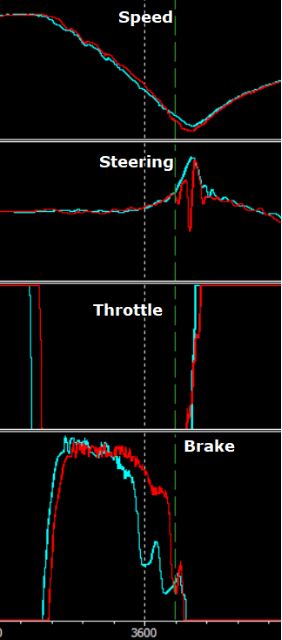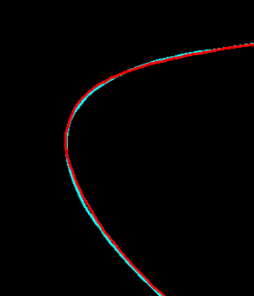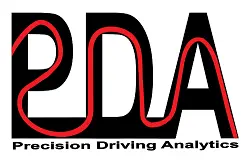Race Car Braking And The Point Of Diminishing Returns
Why Racecar Brakes are Difficult to Master
I don’t know about everyone else reading this, but when I went through my first racing school, there was a lot of focus on race car braking much later than I thought was possible. This is because race cars brake really well and with only street driving under my belt, braking really late did not come naturally.
The only problem with the instruction was that there wasn’t any talk of braking technique and my only focus was to brake as late as possible and get off the brakes when I had to turn into the corner. This is probably fine for someone who is just starting out but at some point physics comes into play and the car just won’t stop any later and still make the corner. And before this point is the point of diminishing returns.
The point of diminishing returns happens when the driver can no longer make the apex, their minimum corner speed is lower than it should be, and most likely their exit speed is lower than it should be as well. This is something that I see quite often. It is real easy to get in the “I need to brake later” trap and many times it happens in a really important session – such as qualifying.
Here is an example of some throttle data that shows that the driver has reached the point of diminishing returns for this particular corner.

The driver’s top speed before hitting the brakes was around 165 mph and as you can see, the blue trace is showing that the driver got off of the throttle and got on the brakes earlier on that lap then the red trace lap. The distance between the points where the driver lifted off of the throttle is about 40 feet and that equates to about .16 seconds. Things are happening fast at 165 mph!
But, by braking that little bit earlier, the driver was also able to start releasing the brake pedal sooner and this allowed him to better manage the load coming off of the front tires. This small change allowed him to carry 6 more miles per hour at the apex and at the point just after when the driver gets to full throttle on the red trace, he is 4 mph faster. There is something else going on here as well. Notice that the red steering trace is showing a significant correction in the middle of the corner. This is due to the fact that the driver released the brake pressure much faster and most likely tried to force the car to the apex. Here are the driven lines for each lap.

The red trace shows that the driver went a little wider of the apex coming into the corner. I’m sure that the oversteer in the middle of the corner did help the car rotate and the driver didn’t have to use as much track coming out of the corner – but the time was already lost. This small difference in braking gained the driver .26 seconds on the blue trace lap!
Don’t get me wrong, braking late is still important. But if you feel rushed entering the corner and you aren’t hitting your apex, then it is time to brake a little earlier and see if you can carry more speed into the corner as well as get to full throttle sooner exiting the corner. Something that I frequently tell my clients is “keep braking later until you miss the apex and then back it up a little bit”. But it is also really important to keep the braking technique the same. And for a really slow corner you want a really smooth release with the goal of coming off of the brake at or just a little bit before the apex.
